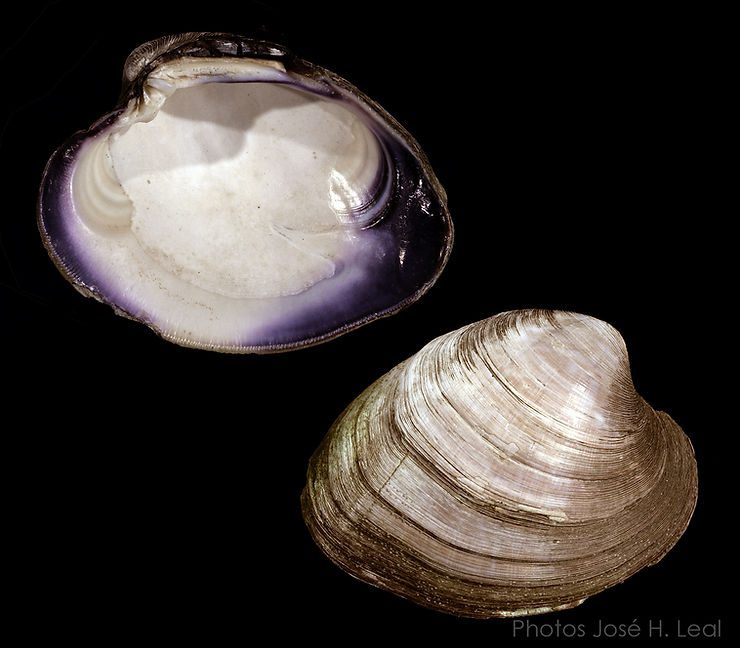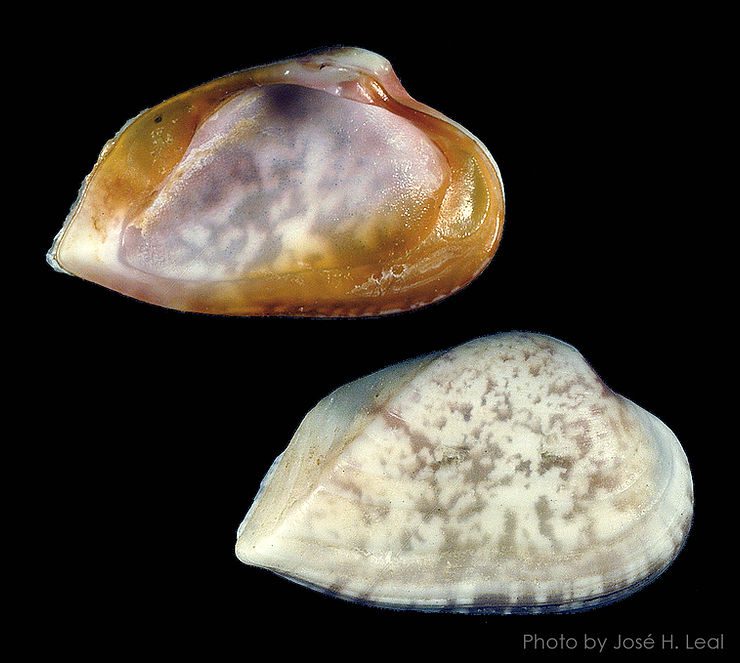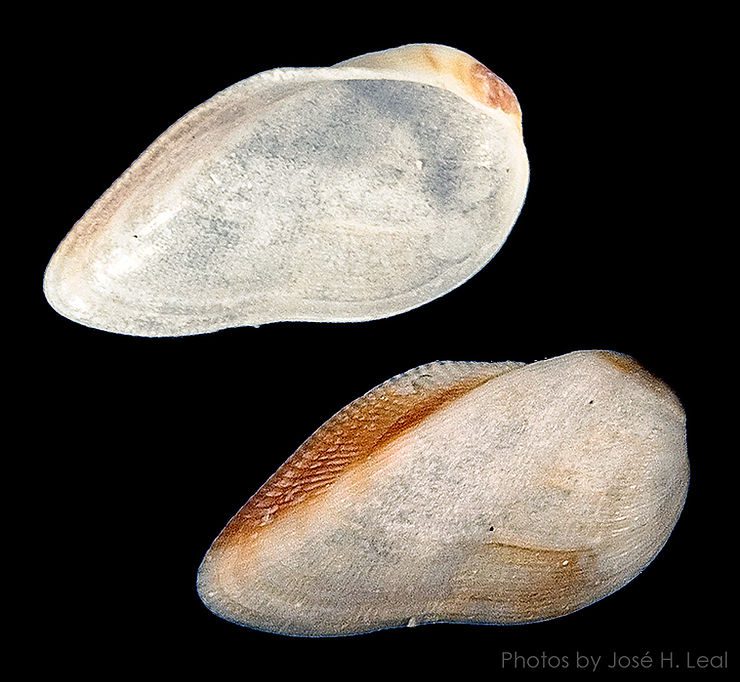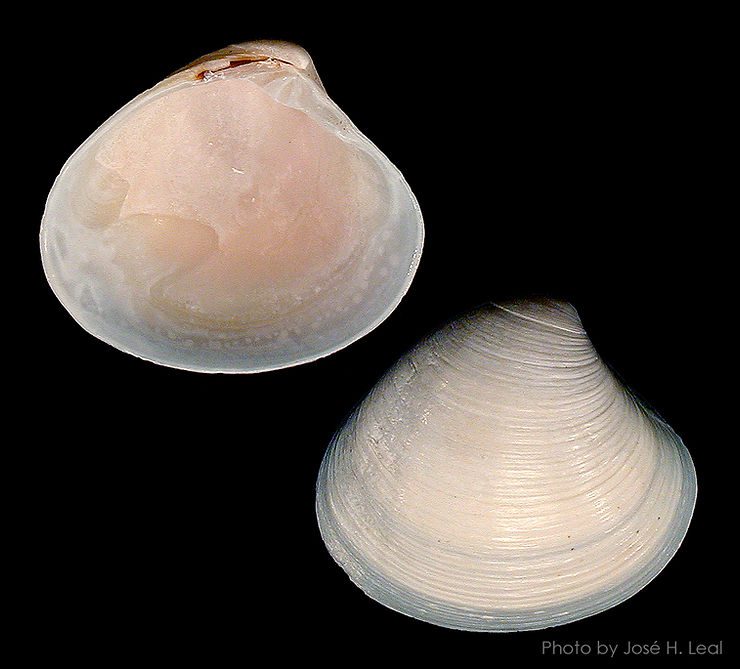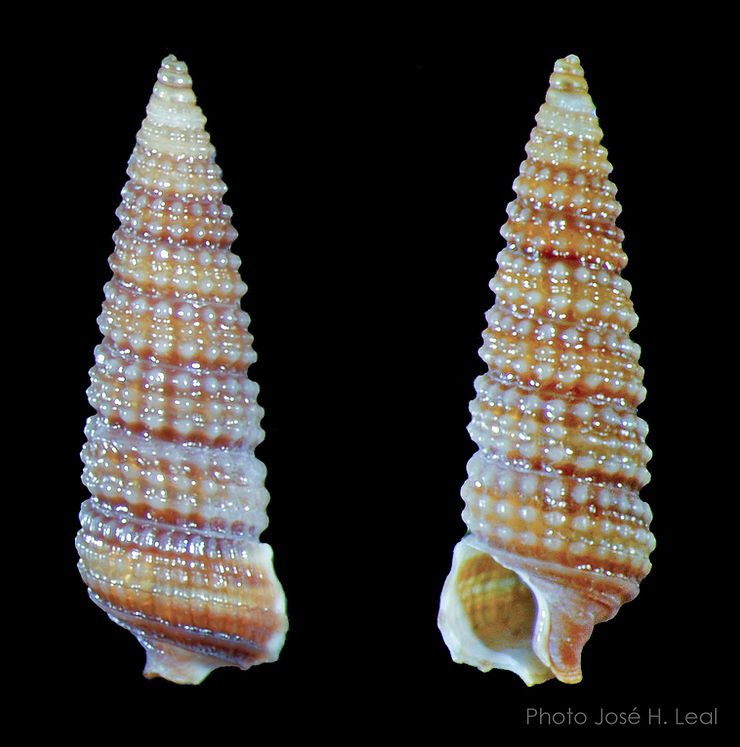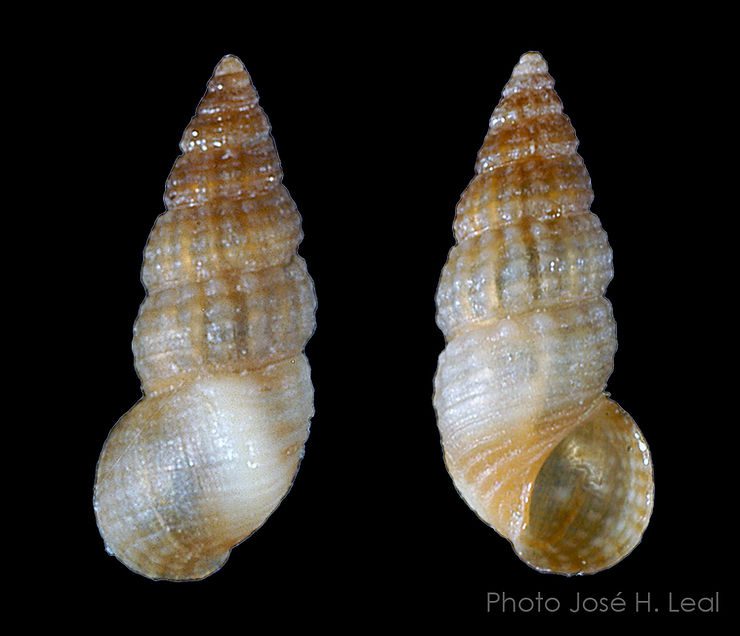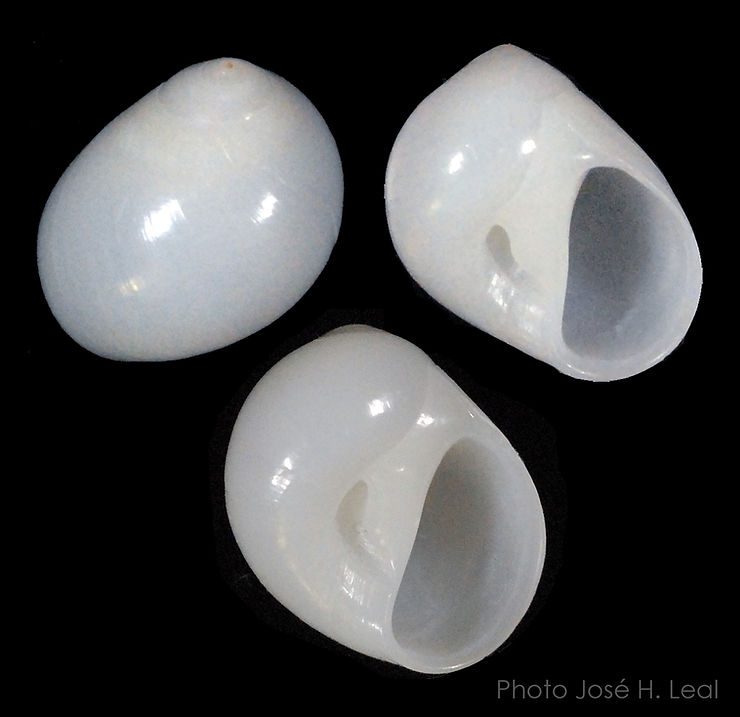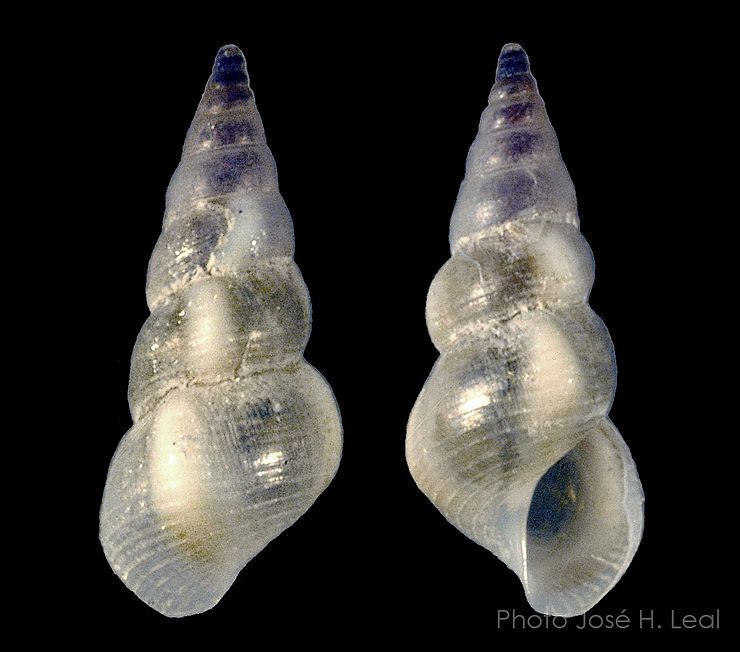
The Gray Pigmy Venus
With 20 species and counting, the Venus clams family (Veneridae) is the most diverse (most species) of all the local, shallow-water bivalve families. There are species of many different sizes, ranging from the Brown Gem Clam (Parastarte triquetra) at 3 mm (about 0.12 inch) to the large Southern Quahog (Mercenaria campechiensis), which can exceed 150 mm (about 6 inches). Our featured species, the Gray Pigmy Venus, Chioneryx grus (Holmes, 1858), is one of the smallest (as its vernacular name impli
